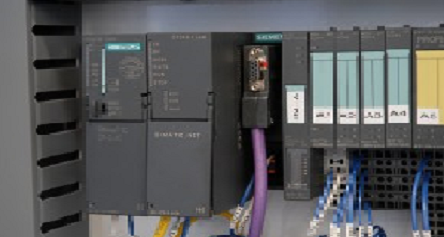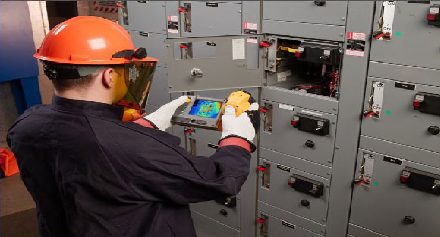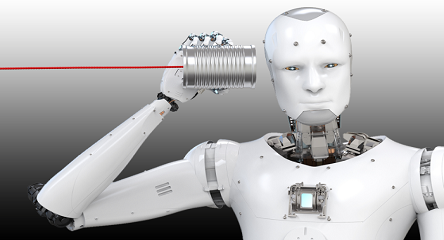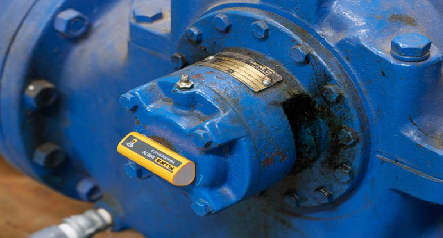Webinar Description
This giveaway includes 50% off of Mobius’ VA CAT 1 course. If there is a single machine in a cement plant that is considered the most critical, it would be the rotary cement kiln. If a typical standard-size kiln unexpectedly shuts down, this can cost 100,000 Euro per day in lost production, not including the additional cost for maintenance and spare parts. Even planned shutdowns are costly, where kilns have traditionally been stopped for inspection at frequent intervals to avoid catastrophic failures. Planned and unplanned shutdowns not only result in lost production, but the heating up and cooling down process is also long and thermally stressful, resulting in higher emissions, inefficient waste of energy, and a higher risk of maintenance issues with less sustainable operation. For efficiency and profitable production, the kiln typically needs to operate continuously for at least one year between maintenance shutdowns.
An effective machine condition monitoring strategy is vital for the kiln but up until now, an automatic fault detection and diagnostics solution has been elusive. This is because of the kiln’s complicated potential failure modes.
Things have changed now. FLSmidth (FLS) and Brüel & Kjær Vibro (B&K Vibro) are now completing a comprehensive on-line vibration condition monitoring solution for the kiln. FLS provided expertise on equipment design, operation, failure modes, maintenance and cloud data sharing, together with their existing monitoring techniques. B&K Vibro provided their technology and expertise on data acquisition and processing, together with optimizing measurement techniques for early and reliable fault detection. The result is optimal uptime and performance.
Learning Takeaways
1. Typical potential failure modes of the kiln
2. Monitoring solution for fault detection and diagnostics – System and service
3. Typical monitoring results
About the Presenters
Mike Hastings is a Sr. Application Engineer with Brüel & Kjær Vibro, where he has been working for the past 32 years. Here he has worked with developing various machine monitoring strategies and optimization techniques, and is currently working with strategic market development, analysis and communications. He has written numerous articles, papers and webinars on machine condition monitoring. He is also convenor for an ISO work group for creating standards for condition monitoring and diagnostics of machines.
Palle Huus, M.Sc Mechanical Engineering. Currently Head of Global Site Services in FLSmidth Cement Industry. Palle has been working in FLSmidth for 7 years within aftermarket service execution and service developments. He has been technical manager and holds a fundamental role in the kiln condition monitoring developments.
Sascha Gutt has been with Brüel & Kjaer Vibro from 2002 to 2008 and returned in 2022 as Product Owner/Senior Technologist. He is based in Denmark and had various positions in CMS and IoT development in Vestas, Knorr-Bremse and FLSmidth.







